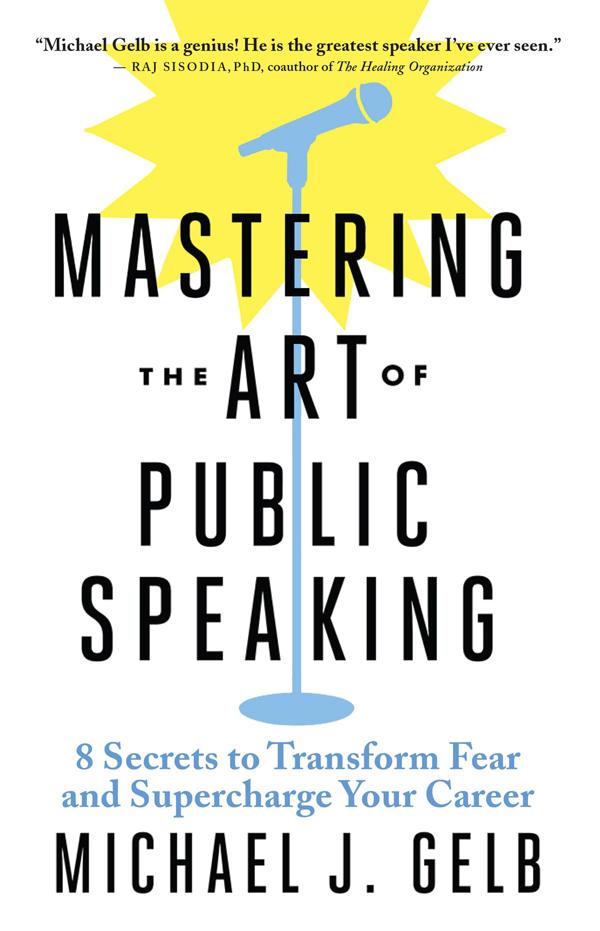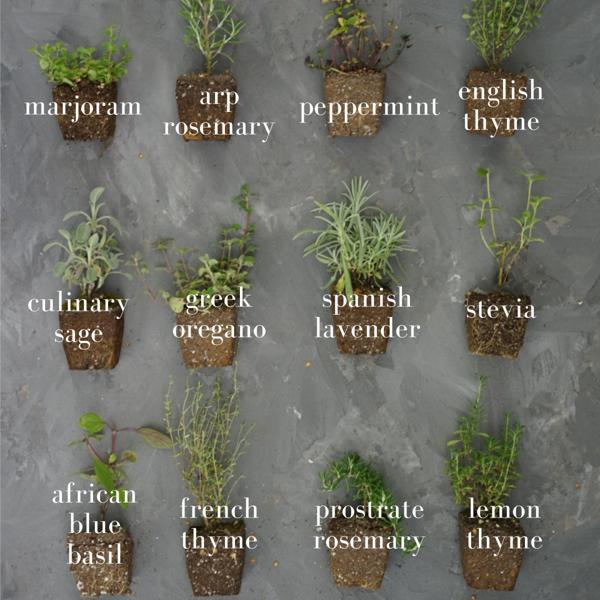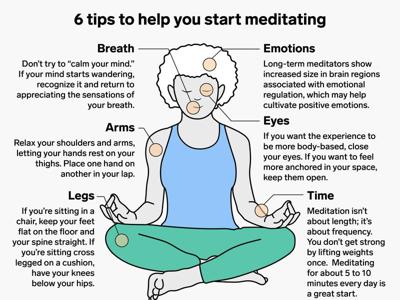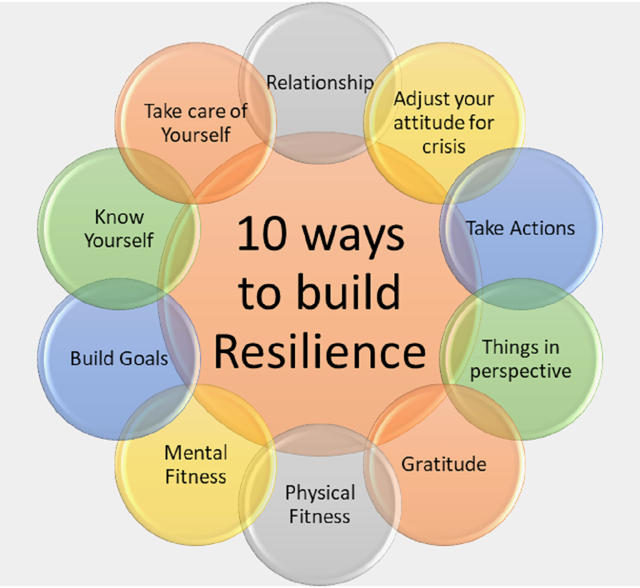How to Meditate for Stress Relief
A Comprehensive Guide to Meditation for Stress Relief
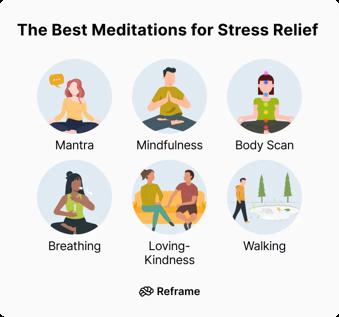
Frequently Asked Questions
Meditation can reduce stress by calming the mind, lowering heart rates, enhancing focus, and promoting emotional well-being. Regular practice can increase resilience to stress and improve overall mental health.
For effective stress relief, it is beneficial to meditate regularly, ideally daily or several times a week. Even short sessions of 5-10 minutes can be impactful when practiced consistently.
Step by Step Guide
1
Understanding Stress and Meditation
Before diving into meditation, it's important to understand what stress is and how meditation can help. Stress is the body's reaction to demands or challenges, and it can result in physical, emotional, and behavioral symptoms. Meditation is a practice that helps to calm the mind, focusing on the present moment, thus alleviating stress.
2
Setting Your Intention for Meditation
Start by setting a clear intention for your meditation session. This could range from wanting to find peace, relieve anxiety, or simply to take a break from your day. Taking a moment to think about why you want to meditate can help guide your practice.
3
Finding a Comfortable Space
Choose a quiet, comfortable space where you will not be disturbed. It might be a cozy corner in your home, a serene spot in your garden, or even a peaceful park. Ensure the area is free from distractions and comfortable enough to sit or lie down for the duration of your meditation.
4
Getting into the Right Position
Your position matters. You can sit cross-legged on the floor, on a chair with your feet flat on the ground, or even lie down if that's more comfortable. Ensure that your back is straight to allow for easy breathing. Rest your hands on your knees or in your lap, whichever feels natural.
5
Focusing on Your Breath
Once settled, close your eyes or soft gaze downwards. Start to bring your attention to your breath. Inhale deeply through your nose, letting your belly expand and then exhale through your mouth. Focus only on the air entering and leaving your body, noticing the sensations that accompany your breathing.
6
Observing Your Thoughts
As you breathe, you might notice thoughts trying to interrupt your focus. This is completely normal. Simply acknowledge these thoughts and let them drift away as you return your attention to your breath. Remember that meditation is about the practice of focusing, not the absence of thought.
7
Utilizing Guided Meditations
If you find it hard to meditate on your own, consider using recorded guided meditations. There are many apps and online platforms that offer a variety of lengths and types of meditations specific for stress relief. These can provide direction and keep you focused.
8
Incorporating Body Awareness
As you become comfortable with breath focus, you might want to incorporate body awareness. This can involve doing a quick mental scan through your body from head to toe, noticing any areas of tension and consciously relaxing them as you breathe.
9
Gradually Ending Your Session
After about 5 to 20 minutes, it's time to conclude your meditation. Gently bring your awareness back to your surroundings. Wriggle your fingers and toes, open your eyes, and take your time getting up. Reflect on your experience and how you feel post-meditation.
10
Making Meditation a Habit
For the benefits of meditation to compound, it's ideal to practice regularly. Consider setting a specific time to meditate daily or a few times a week, making it a part of your routine. The more you practice, the easier it will become to find that calm and reduce your stress.
11
Exploring Different Types of Meditation
Explore various styles of meditation such as mindfulness, loving-kindness, or progressive relaxation. Each type may offer unique benefits and can suit different preferences or needs. Experiment to find which style resonates best for you.
12
Tracking Your Progress
Keep a journal to track your meditation journey. Write about how you feel before and after each session, any challenges you encountered, and any insights you gained. This will help you to see the positive changes over time and motivate you to continue.
13
Sharing Your Experience
Engaging with a community can be beneficial. Joining a local meditation group or online forum will provide support, inspiration, and accountability. Sharing your experiences and learning from others can deepen your understanding and enhance your practice.



